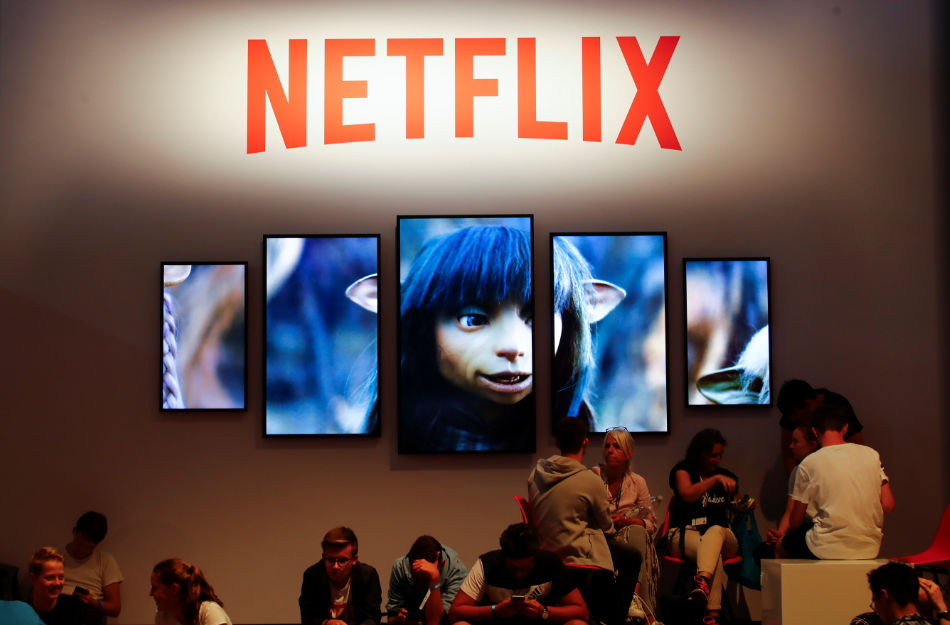Netflix is increasing its subscription prices in the U.S. and Canada following a landmark quarter in which the streaming platform added 19 million new subscribers. This marks the highest quarterly growth in the company’s history, bringing its global subscriber base to 302 million.
The surge in subscribers was fueled by major events and popular content, including the Mike Tyson vs. Jake Paul boxing match, which attracted 108 million global viewers, making it the most-streamed sporting event ever. Netflix also drew millions with two NFL Christmas Day games and the highly anticipated second season of Squid Game, which garnered 68 million views in its first week. Additionally, the company introduced WWE’s live Monday night Raw, further expanding its offerings.
To support continued investment in original programming and live events, Netflix announced price increases across most subscription tiers. Standard plans without ads will rise from $15.49 to $17.99, while ad-supported standard plans will increase by $1 to $7.99. The premium plan, which includes 4K streaming, will now cost $24.99, up by $2.
“By enhancing our programming and delivering more value, we occasionally adjust prices to reinvest in improving Netflix for our members,” the company stated in a letter to investors.
The latest price hike reflects a broader trend across the streaming industry, as competitors like Disney, Apple TV+, and Max have also raised their rates in recent years. With these changes, Netflix continues to emphasize profitability and steer consumers toward ad-supported plans.
In the fourth quarter of 2024, Netflix achieved a 16% revenue growth, crossing $10 billion in quarterly revenue for the first time. Operating income rose 52% year-over-year to $2.3 billion. The company also announced a $15 billion stock buyback program, boosting investor confidence and sending shares up 13%.
Netflix co-CEO Ted Sarandos highlighted the platform’s success with live events, noting the significant role of sports and other real-time programming in attracting viewers. While Sarandos acknowledged the potential of sports as a growth area, he emphasized that Netflix would only pursue broader sports licensing if it aligned with the company’s economic goals.
Looking ahead, Netflix is changing how it reports user engagement. Instead of quarterly updates on paid membership, the company plans to release semi-annual “engagement reports” to provide a broader perspective on its performance.












